I have owned several sailboats and loved the romance of sailing, but as I’ve aged it was requiring more work and scampering about than I enjoyed. When my friend George took my wife Donna and me on a short motor cruise of the western end of New York State’s Erie Canal, I found it to be a relaxing and beautiful experience, quite different from sailing on the turbulent waters of Lake Erie. I decided to build a boat for cruising the canal. The L'Ark is built upside down with the posts on the transom and bulkhead sides extended to a common baseline. The extra length gets cut off after the hull is rolled over.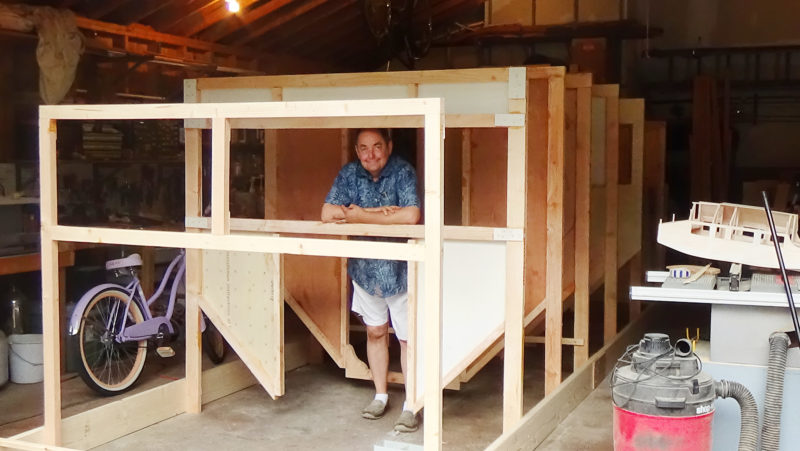 Donna Harris
Donna Harris
Join The Conversation
We welcome your comments about this article. If you’d like to include a photo or a video with your comment, please email the file or link.


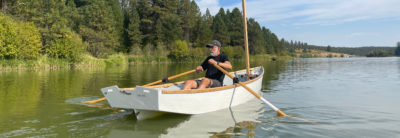
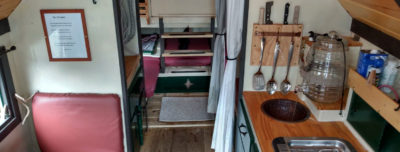


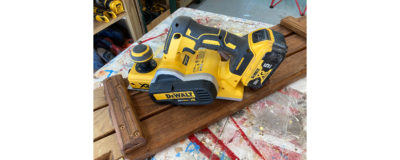
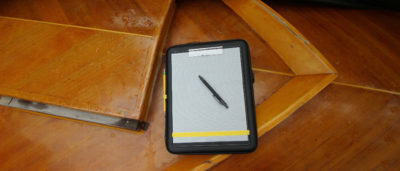
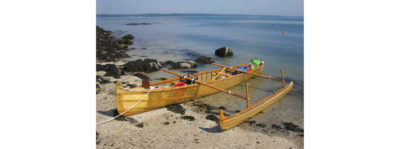
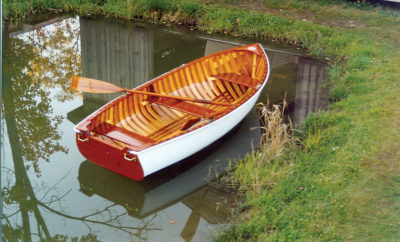
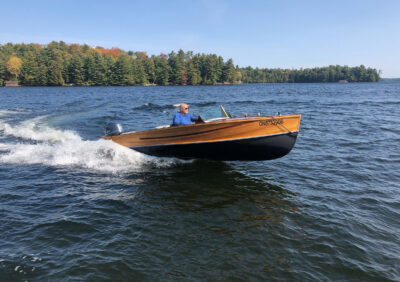
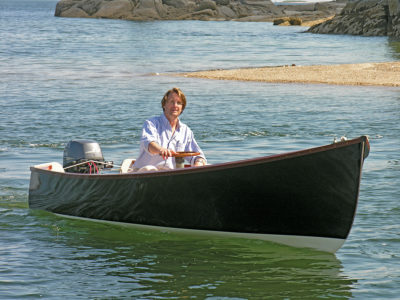

Thanks for writing about your experience building and using your L’Ark. Really appreciate your honest writing, mentioning what went wrong, what needed to be changed, the need to stand on a box for a better view. Sharing the experience gives others the confidence to try. If you make a mistake, and we all do, we can fix it and continue on.
Ken Koscik
Madison, Wisconsin
I met with Phil Thiel before building the first Escargot. I wish Phil was alive to see the work you did. I know he’d be proud and impressed. I’d seen the plans when they first came out, but your beautiful work sold it all to me. With my Escargot I could stand… or put a chair on the built in bench seat. Your roof is taller, though. I could see a fold-down seat on the back side of the cabin.
I wish you well!
Bryan
Shantyboat Living
Well done, David. Chance has put two boats on the Erie named after the testudine, your L’Ark and my 23′ 1969 Aqua Camper, TERRAPYN (Macedonian spelling). We are in Whitehall on the Champlain Canal. If we both left on the same day from our respective ends of the Erie, at 6mph maybe we’d meet somewhere about Little Falls.
Great work you’ve done, and happy cruising next season.
Tim Jennings
Cool boat! Thanks for the article.
Tom
What an inspiration. There are so many large caravans on the road, you occasionally see a houseboat/aqua-camper, however, David has created a wonderful riverboat. I would have loved to see a pic of her on the trailer.Or how she tows. I wonder if a dual-axle box trailer frame would suffice. Certainly food for thought. Well done, David. Thanks for the article.
David,
I enjoyed reading about your L’Ark project. It gave me a few ideas for my own Phil Thiel-designed project. I’ve been working on a FriendShip since 2018.
Additionally, reading articles like yours serves to inspire us builders to hang in there and keep laboring away because our launch date will eventually arrive. Happy cruising!
Charlie Edwards
@FriendShip Shantyboat Project
https://smallboatsmonthly.com/wp-content/uploads/2022/11/EdwardsFriendship0411.jpg
What a beautiful boat! My work requires me to move every 2-3 years, so I have been unable to commit to building a boat like this. However, I have long admired the Escargot and the Millie Hill and dream of the day when I am ready to build one. In the meantime, your craftsmanship gave me something to aspire to. Enjoy your cruises!
Dave, just down the road – Rochester, NY. In one of the earlier photos it looks like you are running an electric outboard. I am guessing 3hp equivalent? Was it underpowered?